In the late Sixties, “cool” was the “in” word and muscle cars were the “in” thing. American actor Steve McQueen was then the epitome of cool. His 1968 crime thriller film “Bullitt” became one of the top movies of the year and it featured one of the most iconic car chases in cinematic history.
“Bullitt” starred Steve McQueen as a hard-nosed San Francisco cop, Lieutenant Frank Bullitt, Jacqueline Bisset as his love interest, Robert Vaughn as the ambitious politician Walter Chalmers, and Robert Duvall in a cameo role as a cabbie who drives Bullitt around. The plot revolves around a mob hit on a key witness that Lt. Bullitt was supposed to protect and that Chalmers wanted to capitalize on.
At the time of the film’s release, the car chase scene between Bullitt’s Highland Green 325-horsepower 1968 Ford Mustang GT 390 and the hit men’s Jewel Black 375-hp 1968 Dodge Charger 440 generated a great amount of excitement. The total time of the car chase scene was 10 minutes and 53 seconds, and it involved two heavily modified Mustangs and two Chargers with upgraded suspensions to cope with the stunt work around the hilly avenues of San Francisco. Lead actor McQueen was an accomplished driver and drove in the close-up scenes while famed stuntman and motorcycle racer Bud Ekins, and McQueen’s usual stunt driver Loren Janes, did the dangerous stunts in the Mustang.
Director Peter Yates called for speeds of about 75-80 mph (120-130kph), but the cars, including the ones containing the cameras, reached speeds of over 110 mph (175kph). Driver’s point-of-view angles were used to give the audience the “feel” of the ride as the cars jumped the hills. Filming took three weeks, resulting in what critic Leonard Maltin labeled as a “now-classic car chase, one of the screen’s all-time best.” Emanuel Levy wrote in 2003 that, “Bullitt contains one of the most exciting car chases in film history, a sequence that revolutionized Hollywood’s standards.”
After the film was released, the Ford Mustang became even more iconic and the 390 cubic-inch big block V8, 4-speed manual, limited-slip rear-end, dual exhaust version became the Mustang to have. Enthusiasts started making 1967-68 Mustang GT Fastback clones of the Bullitt Mustang and today, clones fetch higher prices at auctions than standard GTs.
Before his death in 1980, Steve McQueen owned several exotic sports cars, including several Porsches, Ferraris and Jaguars but to his dismay, he was never able to own the Mustang GT 390 that he drove in the movie. One of the two film Mustangs was so badly damaged that it was judged beyond repair and scrapped. The surviving film car was sold to a Warner Brothers’ employee and has changed hands several times.
Currently in non-working condition, the surviving original Bullitt Mustang was shown on display in several Ford Motor Company events in the US and is rumored to be kept in the Ohio River Valley by an anonymous owner, who has consistently refused to sell it at any price, even today. After all, you cannot put a price on coolness, especially one that has the stamp of the King of Cool, His Royal Coolness, Steve McQueen.
 Power Wheels Magazine A Notch Above
Power Wheels Magazine A Notch Above

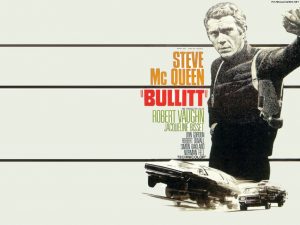
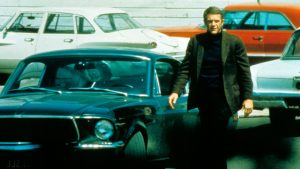
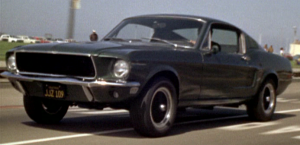
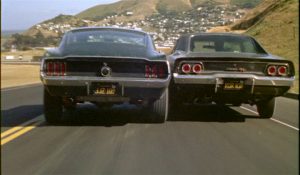
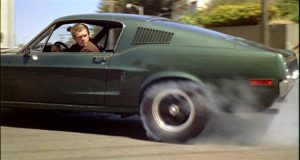
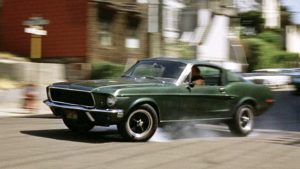
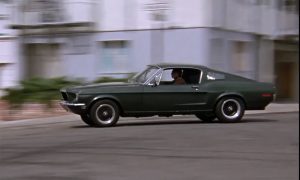
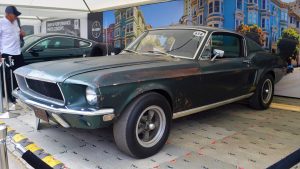
You should also try to do an article on the original Eleanor (the yellow Mustang Mach 1) driven by H.B. Halicki in the first Gone in 60 Seconds.